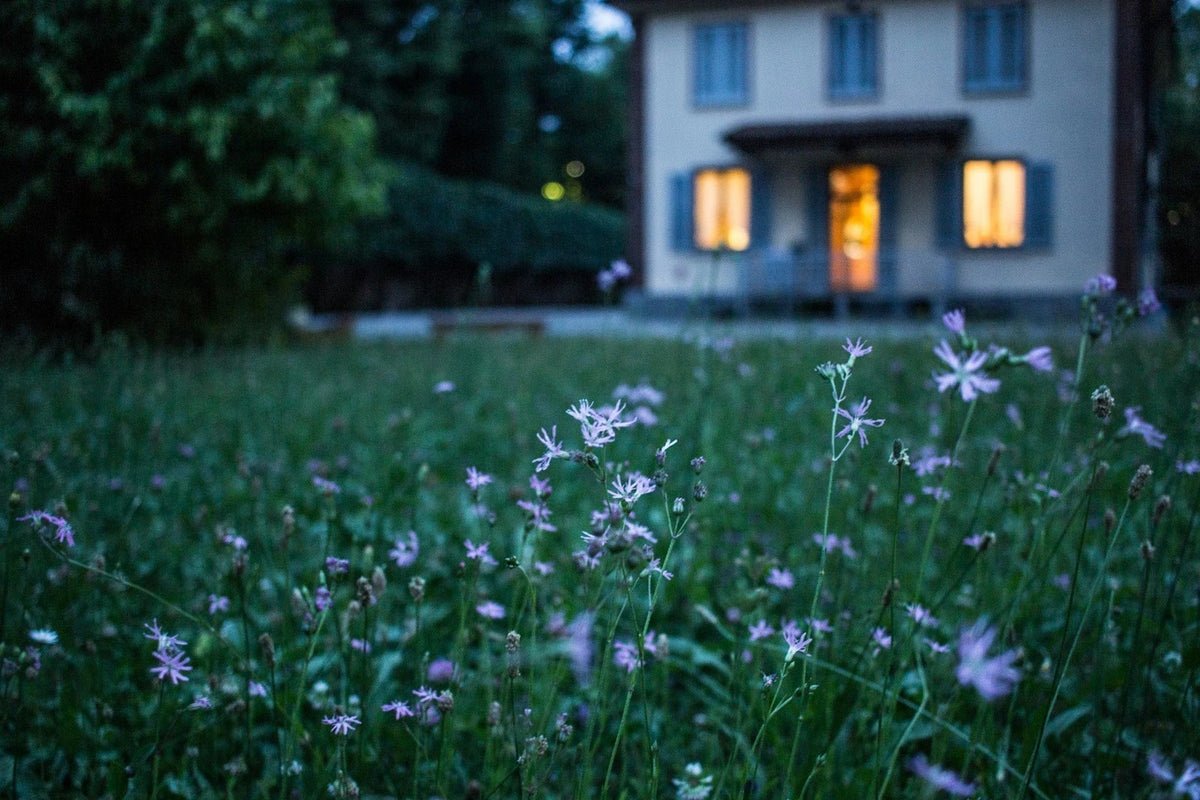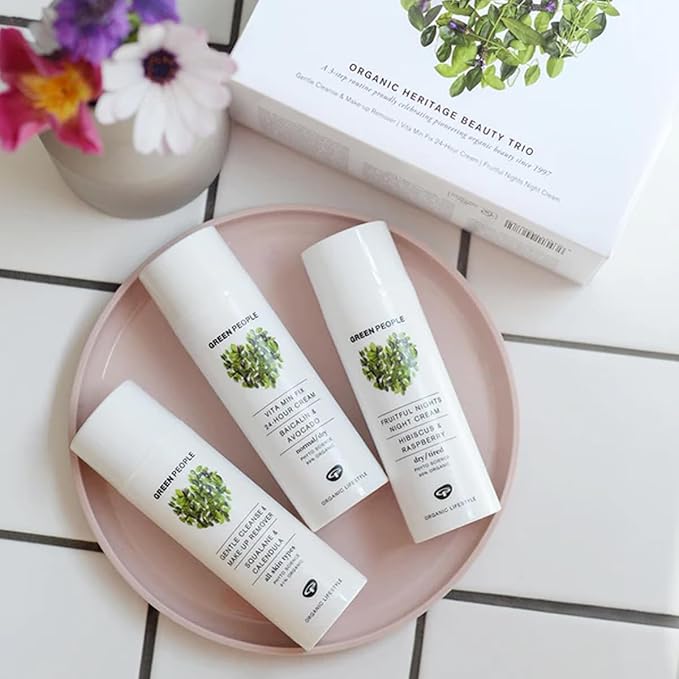First-time visitors to Georgia often want a clear, stress-free introduction that balances culture, nature and everyday comfort. Many begin in Tbilisi, where the airport sits close to the city centre and the compact Old Town allows easy walking between the sulphur baths, Narikala cable car and riverside viewpoints. Sustainable travel here means choosing walkable routes, local cafés and small hotels that support the community. Short trips to Mtskheta add historical depth without long drives, while Kakheti introduces wine traditions through slower, guided visits that reduce unnecessary transport. Some travellers combine Tbilisi with Batumi, using efficient internal travel rather than multiple flights. At Friendly Turtle EcoBlog, we encourage first-time visitors to travel Georgia responsibly by pacing itineraries, staying in family-run guesthouses, joining small-group tours and respecting local ecosystems. These mindful choices help reduce environmental impact while still offering a rich, authentic experience of Georgia’s cities, landscapes and traditions.
Share your articles with us and get published! Reach out at hello@friendlyturtle.com.
Sustainable Investments to Transform Your Home into an Eco Haven

Creating a sustainable home isn’t just about reducing energy bills—it’s about adopting practices and making investments that benefit the environment, enhance your living space, and even boost your property value. As the demand for eco-friendly solutions grows, homeowners are finding innovative ways to minimize their environmental impact while enjoying a more comfortable and efficient home. Here are some sustainable investments that can transform your home into an eco haven.
Installing Energy-Efficient Windows and Insulation
One of the most effective ways to reduce your home’s energy consumption is by improving its insulation and upgrading to energy-efficient windows. Poor insulation and outdated windows are primary culprits behind heat loss in winter and heat gain in summer, leading to higher energy bills and unnecessary environmental impact.
Investing in double- or triple-glazed windows with low-emissivity coatings can significantly improve thermal efficiency. Similarly, adding insulation to walls, attics, and floors ensures that your home retains its desired temperature year-round. These upgrades not only lower energy usage but also create a more comfortable living environment.
Harnessing the Power of Solar Energy
Converting sunlight into electricity enables solar panels to reduce reliance on fossil fuels and lower utility costs. This makes solar panels a hallmark of sustainable living and a powerful way for your home to generate clean energy. Many homeowners also benefit from government incentives and tax credits that make solar installations more affordable.
For those looking to take their commitment to sustainability further, adding a solar battery storage system can store excess energy generated during the day for use at night. This ensures a reliable power supply and greater energy independence.
Upgrading to Smart Appliances and Systems
Smart appliances and home systems are revolutionizing how we use energy. From programmable thermostats to energy-efficient refrigerators, these devices optimize usage patterns to minimize waste. Smart thermostats, for example, learn your schedule and adjust heating and cooling accordingly, reducing energy consumption when you’re away from home.
Other smart technologies, such as LED lighting with motion sensors or automated irrigation systems, ensure that resources are used efficiently without compromising convenience. These systems not only help the environment but also enhance the overall functionality of your home.
Incorporating Water-Saving Features
Water conservation is a vital aspect of creating a sustainable home. Installing water-saving features like low-flow faucets, showerheads, and dual-flush toilets can drastically reduce water usage without sacrificing performance. Rainwater harvesting systems are another excellent investment, allowing homeowners to collect and reuse rainwater for irrigation or other non-potable purposes.
Landscaping with native plants that require minimal watering further supports water conservation efforts. By choosing drought-tolerant plants and sustainable irrigation practices, you can maintain a beautiful yard while minimizing water waste.
Embracing Renewable and Sustainable Materials
Sustainable materials play a crucial role in eco-friendly home transformations. Opting for renewable and recycled materials for flooring, furniture, and construction reduces environmental impact while adding unique character to your space. Bamboo, cork, reclaimed wood, and recycled metal are popular choices for sustainable renovations.
Even smaller changes, like using eco-friendly paints with low volatile organic compounds (VOCs), contribute to a healthier indoor environment by reducing air pollution. These materials demonstrate that sustainability and style can go hand in hand.
Improving Indoor Air Quality
A sustainable home should promote the well-being of its inhabitants, and improving indoor air quality is key to achieving this. Incorporating plants that purify the air, such as peace lilies or snake plants, adds natural beauty while reducing indoor pollutants.
Investing in energy recovery ventilation (ERV) systems is another effective strategy. These systems exchange stale indoor air with fresh outdoor air while recovering energy from the outgoing air to maintain indoor temperatures. Cleaner air enhances comfort and reduces health risks, making your home an even better place to live.
Generating Value With Green Roofing Solutions
Green roofs are an innovative way to enhance sustainability while adding visual appeal to your home. By covering your roof with vegetation, you can improve insulation, reduce heat absorption, and support local biodiversity. Green roofs also help manage stormwater by absorbing rainfall, reducing runoff, and minimizing strain on drainage systems.
For those not ready to commit to a full green roof, reflective or "cool" roofing materials can still lower energy consumption by reflecting sunlight and reducing heat absorption. Both options contribute to a more sustainable home and a reduced environmental footprint.
Making sustainable investments to improve your home is more than a trend—it’s a commitment to a better future. From energy-efficient upgrades and water-saving features to renewable energy solutions and eco-conscious materials, there are countless ways to transform your home into an eco haven. These investments not only reduce your environmental impact but also enhance the comfort, functionality, and value of your living space. By adopting sustainable practices, you’re taking meaningful steps toward a healthier planet and a brighter future for generations to come.
0 comments
Let customers speak for us
Blog posts
A calm, multifunctional garden can be more than a pretty backdrop it can become a practical extension of your home that supports slow mornings, outdoor meals, and genuine downtime. In this Friendly Turtle EcoBlog guide, we look at simple, sustainable ways to shape an outdoor space that feels organised, welcoming, and easy to use throughout the week. Start by creating clear “zones”: a quiet seating corner for reading, a dining spot for relaxed lunches, and a flexible open area for play or potting. Light-touch structures, such as an airy pergola or a sheltered veranda, add definition without blocking daylight, making the garden usable in changeable weather. Keep the mood restful with layered planting: evergreens for year-round structure, seasonal flowers for colour, and lightly scented herbs near paths. Choose reclaimed or recycled materials where possible, add soft warm lighting, and reduce water waste with mulch and a simple rainwater butt. The result is a garden that feels calm, functional, and kinder to the planet.
Finding the right mental health support in Woodland Hills starts with checking credentials, treatment approach and access to care. Look for licensed clinicians with training in evidence-based therapies such as CBT or DBT, and ask whether programmes offer coordinated psychiatry, talking therapy and crisis support when needed. The best providers also explain your options clearly, from outpatient sessions to more structured day programmes, and may include complementary practices that support recovery, such as mindfulness, movement and nutrition guidance. At Friendly Turtle EcoBlog, we often explore how everyday choices shape wellbeing; this guide applies the same practical lens to mental health care, helping you compare services, understand what ‘holistic’ really means, and choose a setting that feels safe, respectful and tailored to your needs. It also highlights practical questions to ask about availability, confidentiality, fees and insurance, so you can make a confident, informed decision.



